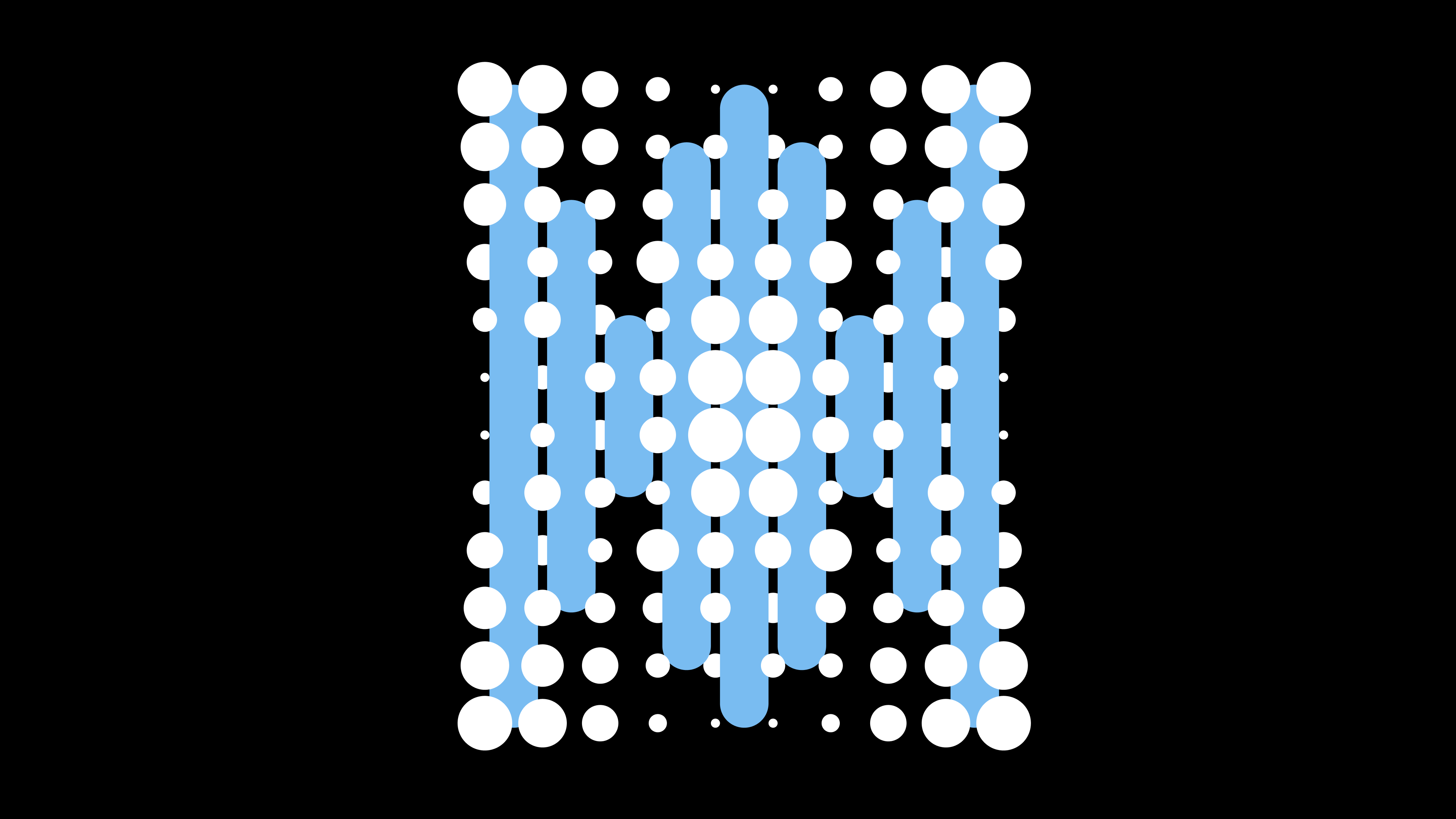What an ‘Easter Egg’ Can Do For Your Brand Marketing
Apr 11, 2017In light of the upcoming Easter holiday, we wanted to explore a secondary definition of the popular, candy-filled versions that will scatter across backyards this weekend.
In media, “Easter eggs” refer to secret or hidden features, messages or inside jokes within a website, program or any form of content. The term was coined by a programmer who left his signature in a secret room within the Atari 2600 video game, “Adventure.” A few gamers found it and loved it, kicking off a trend that's still going on in the gaming space. Since then, secret content has also found a place in the consumer world as a way to surprise and delight customers watchful enough to notice.
In n’ Out’s not-so-secret, secret menu took this concept to over 300 fast food restaurants to offer devoted diners extra meal options. In social media, Facebook integrated hidden language settings like “English (Pirate)” that changes the News Feed to a “Captain’s Log” and the Calendar to “Grog Fests.” But without a doubt, Google is the undisputed godfather of digital Easter eggs. All you need to do is search “do a barrel roll” or “askew” or “I’m feeling curious” to see what we’re talking about. Even their recent April Fool’s Day prank on Google Maps doubled as a clever Easter egg--and that’s just the start of it.

While certainly fun and entertaining, we can’t help but wonder if Easter eggs are worth the effort for brands. Creating hidden content requires exra creative brain power and dedicated engineering resources. So, isn’t this all a bit silly? In fact, it’s just the opposite. Easter eggs can actually be a powerful form of marketing. Here's why:
- Creates A Sense of Exclusivity
- Helps Humanize Brands
- Drives Engagement
In summary, Easter eggs are a great vehicle for getting consumers talking--which is exactly what makes them a compelling marketing tool. Conversations lead to connections, and connections lead to positive emotions and memories...exactly what brands need if they’re looking to build a lasting, loyal audience. So while Easter eggs may seem like silly endeavors, it makes total sense why so many brands use them.
Now, we know what you’re thinking...does Pandora have any Easter eggs? Back when our musicologists first created the Music Genome for classical music, they identified several Renaissance songs that used an instrument called the sackbut (somewhat like a trombone). Our musicologists couldn’t help but chuckle at the name, so they aptly categorized sackbut music in Pandora’s Music Genome with the made-up trait, “sensational sackbutlery.” (A few listeners blogged about it.)
As to whether or not there might be other Easter eggs hidden within Pandora, that’s for you to discover…tweet us at @PandoraBrands if you find one!
Related Insights
 Digital Audio
Digital AudioQ & A: The Power of Audio for Retail Media Network Campaigns
Apr 24, 2024 Digital Audio
Digital AudioDigital Audio Makes Sports Campaigns A Slam Dunk
Apr 23, 2024 Digital Audio
Digital Audio7 Takeaways and Opportunities from the Infinite Dial Report
Apr 23, 2024 DE&I
DE&IPass the Mic with Delia D’Ambra
Apr 22, 2024



